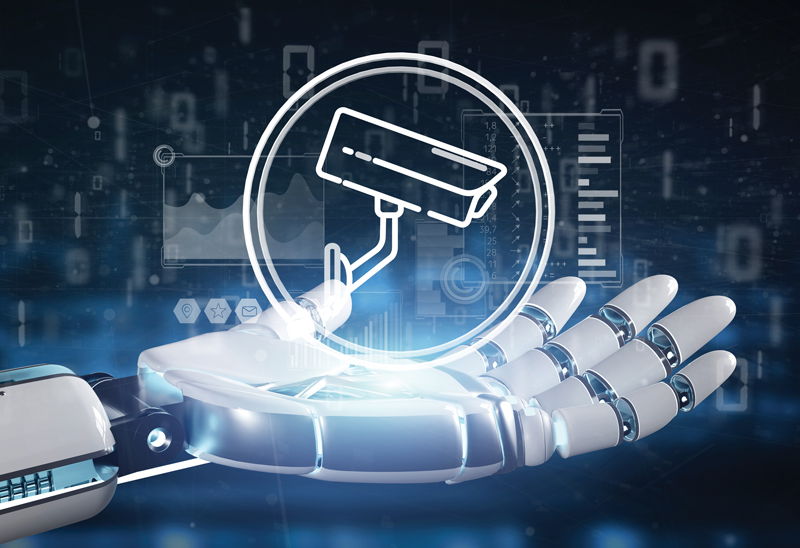 How will AI technology change the future of the security industry and how can installations be improved with added intelligence?
How will AI technology change the future of the security industry and how can installations be improved with added intelligence?
While we’ve not had any security industry trade shows in 2020, it is a fairly safe bet that AI and analytics would have featured heavily in the Halls. Last year the technology trend at the events was definitely more towards the software side of security surveillance with manufacturers and developers adding capabilities and intelligence to cameras. However, as with any buzzword, there is some confusion in the market as to what was a true use of the term with difference between what was deemed an analytic function rather than an AI application a typical case in point. To find out more about the use of AI compared to analytics we caught up with Uri Guterman of Hanwha Techwin and we began by talking about AI being the “trend of the moment” and what the difference was, as he sees it, between analytics and AI.
“AI is currently one of the major security trends and I think we’re just at the beginning of what the technology can do as we see more and more analytic features being migrated from the traditional methods to the latest AI systems,” said Uri. “New features are continually being developed so we are much more advanced in terms of applications today than we have ever been before. However when we talk about AI in the context of surveillance, we’re not talking about the type of virtual AI entities that you see in futuristic movies – it simply means hardware and software powered by deep learning technologies to solve specific tasks in video or audio.”
Deep learning, another term you’ll see widely at trade shows, is a relatively new development in the world of machine learning which is just one technique for achieving artificial intelligence. Whereas machine learning is simply defined as the ability to automatically learn and improve from examples without the function being explicitly programmed, deep learning is done by training a multilayered mathematical network structure inspired by human brain neurons to identify and recognise information using training data sets until the network reaches an optimal performance for solving the task for which it was designed.
Video analytics have been around for many years in various forms and is usually a catch-all phrase for many applications that automatically analyse video content, generate metadata and detect events in video. It is traditionally built with quite limited algorithms compared to where we are today and can require a great deal of configuration and fine-tuning. Therefore it takes a lot of time to deploy and the performance in many cases is not satisfactory enough to rely upon.
“These days deep learning AI techniques are becoming a superior alternative to the traditional algorithms we have had for some time, requiring considerably less configuration and providing much higher accuracy levels,” said Uri. “To give you one example, with traditional video analytics we can alert that something has just jumped over a fence, but a false alarm could be triggered by video noise created by shadows and birds etc. With new AI cameras not only is the detection itself much more accurate thanks to deep learning, but also the camera is trained to classify types of objects so it knows when that alert is actually a person, thus avoiding false alarms caused by an animal jumping over the fence. This ability to minimise time-wasting and reduce the occurrence of costly false alarms means control room operators and security personnel can focus on responding to real incidents and emergencies. For me this immediately translates to happier and more satisfied customers!”
Read the full interview in the October 2020 edition of PSI magazine or listen to the September 2020 PSI podcast

